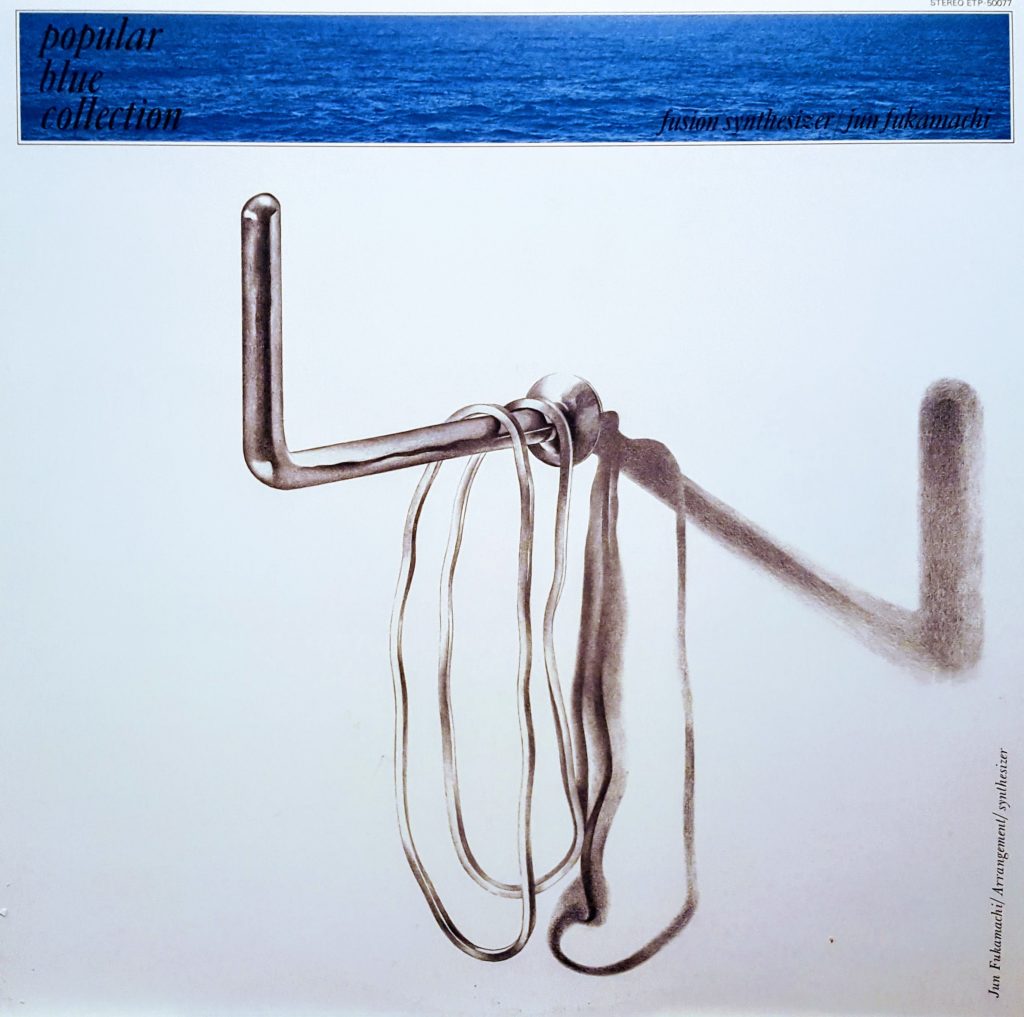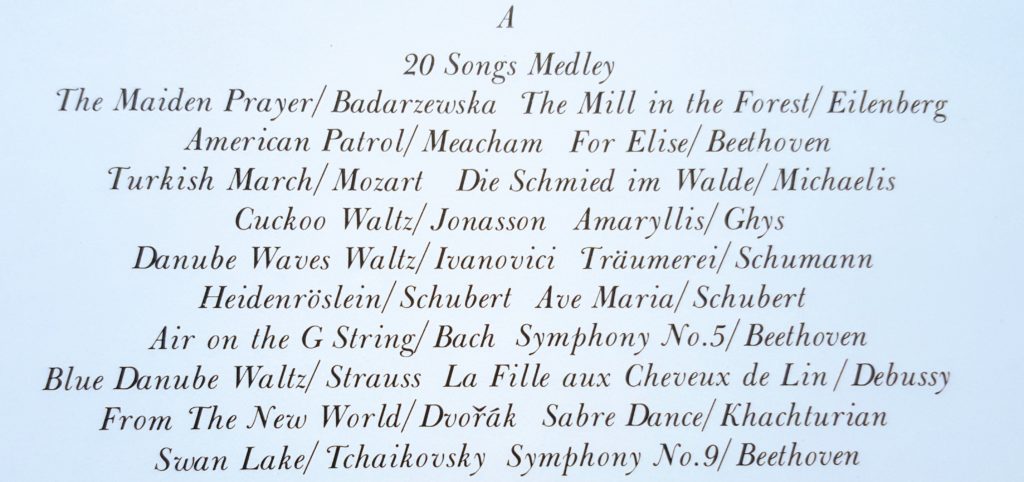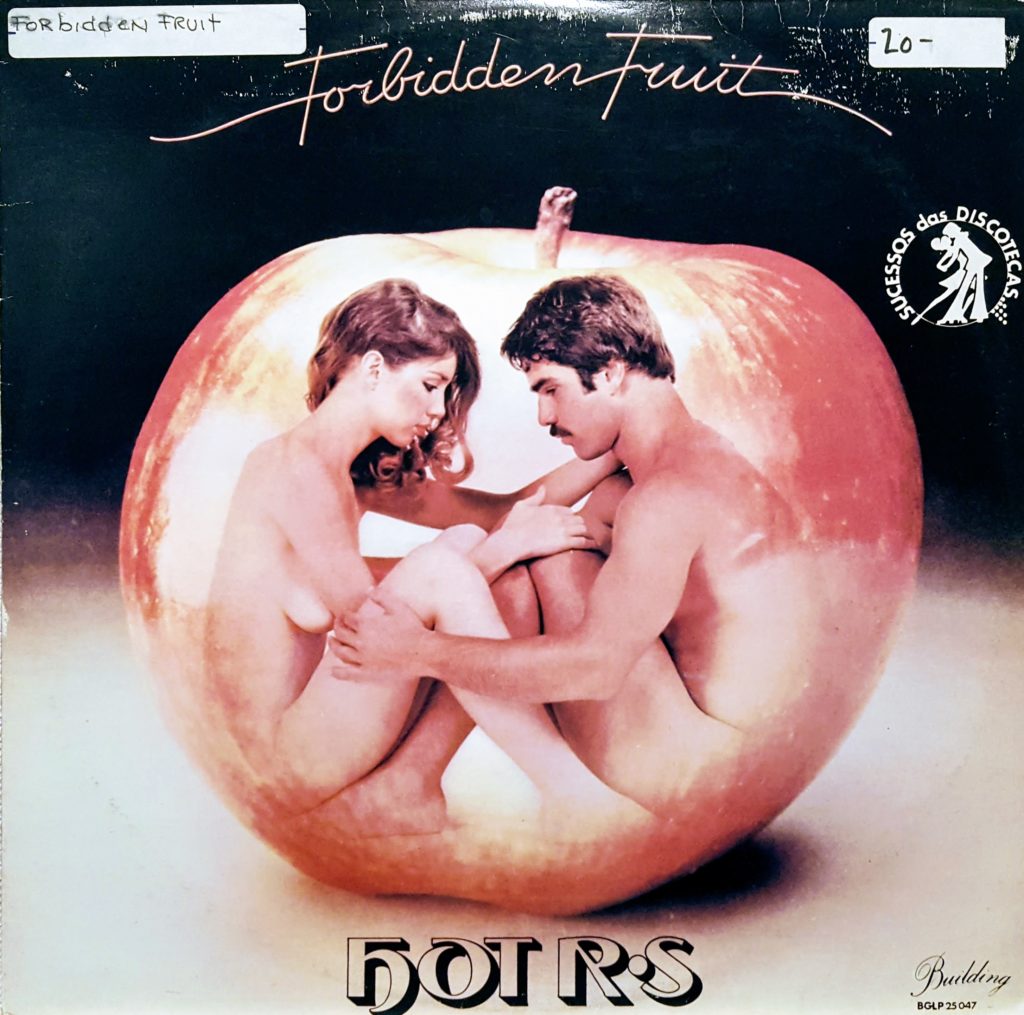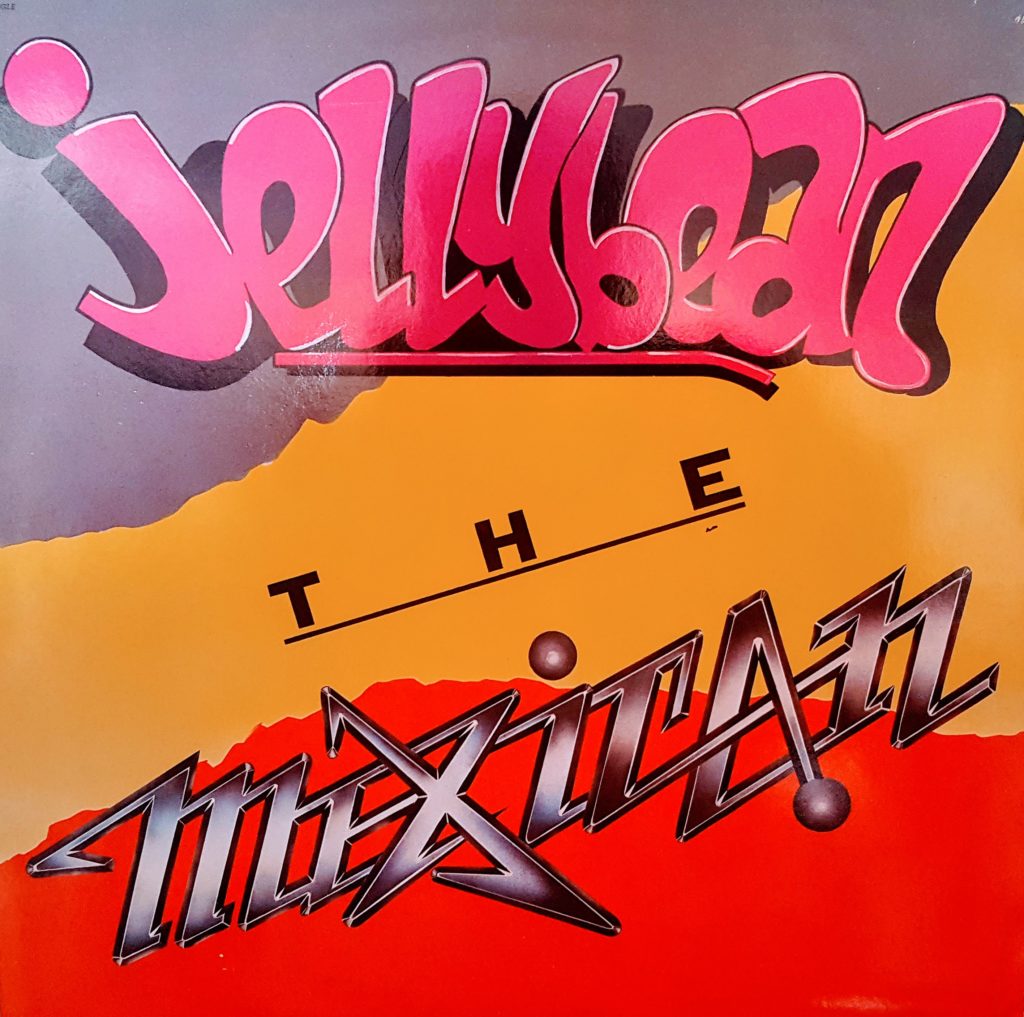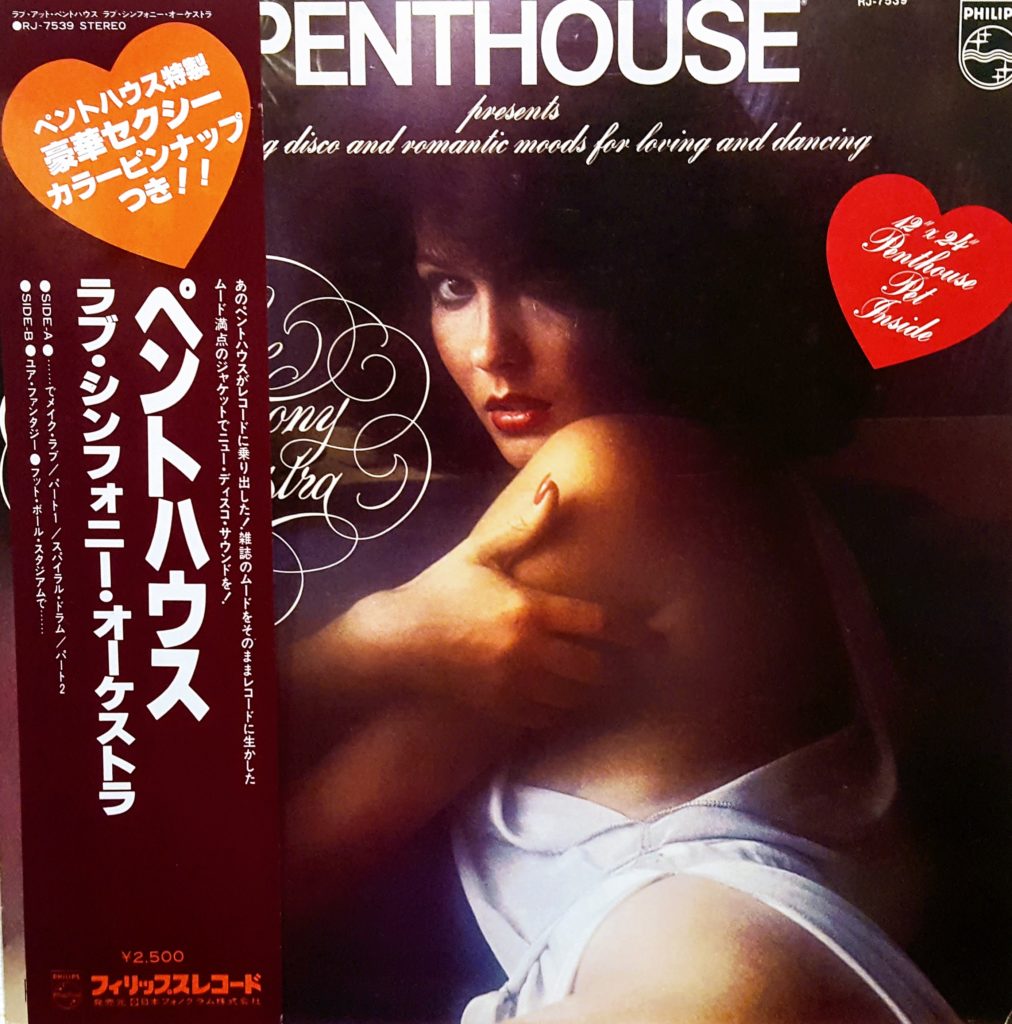A few weeks back I wrote a thing about how dope Moog records are. The response wasn’t just middling, it was negative-middling. So few people read that (even for the standards of the stuff I write) that I think it took away hits from other pages.
Whatever, ain’t my fault that y’all are ignorant. So I’m going to follow the age-old adage of “show don’t tell” and share some of this music instead of just writing about it, in hopes that this might interest someone into tracking this stuff down for themselves.

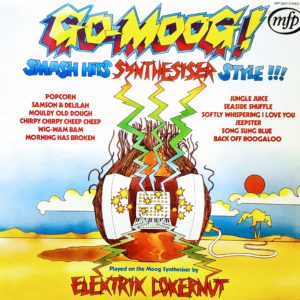
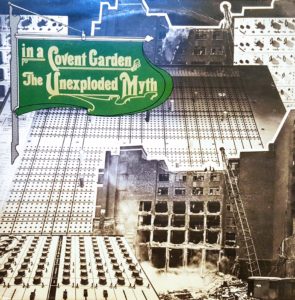
Tsuneaki Tone
Chim Chim Cheree>
As I said in my previously mentioned article, a lot of Moog albums seemed to be exclusive to Japan. For whatever reason, there must’ve been a niche market here for the things. Of the Japanese-exclusive records I own, this one by Tsuneaki Tone isn’t the best, but it’s one of the oddest thanks to its bizarre tracklisting of tunes from various films. The selection seems to be totally random. Yeah, it has stuff from family fare like the above “Chim Chim Cheree,” but it also has the “Theme From Shaft” and “The Morning After.” An odd sort for sure.
Of all those songs, why share this one? Well, I feel that this sparse, minimal arrangement showcases what a dark song “Chim Chim Cheree’ is, at least from a musical standpoint. It’s in a minor key, and has a descending chord sequence. Musically, that just sounds sad, much like R.E.M.’s “Losing My Religion.” It’s a downer beat and a downer melody, when you take away the glorious goofiness of Dick Van Dyke’s horrid accent, that becomes a lot more clear.
Tsuneaki Tone released a few albums under assorted names. The ones I can find the most information on are his New Zealand releases, which he put out as The T-Tone Synthesizer, which is an ingenious pseudonym.
Synthesonic Sounds
Apache
For A Few Dollars More
The Good, The Bad and The Ugly
Synthesonic Sounds is Mike Batt, a British musician who has done damn near everything from synth-pop to film and television scores. If you do any research on this pseudonym of his, you’ll read that he released two albums as Synthesonic Sounds; Moog At The Movies, and Ye Olde Moog.
But that’s wrong! Batt actually released three albums as Synthesonic Sounds, but his third, Wonderful World of Moog Sounds, was only released in Japan. It’s an odd album actually, taking tracks from his Moog At The Movies release and throwing in some new compositions as well, like a version of “Spanish Flea,” “Help” and the above version of “Apache.” Of everything on the album, the Morricone covers work the best, the whistling sounds of “The Good, The Bad and The Ugly” just sound great on the Moog. Mike gets an “A+” for curation, but maybe a “B-” for instrumentation. His albums aren’t really moog albums exactly. All of his records feature full bands with just some moog accompaniment. And that’s fine,but that’s not what I’m looking for when I see an album touting its electronic sound. Get these string instruments out of here!
Elektrik Cokernut
Wig-Wam Bam
Another one to file under “not entirely moog” but damn if I care because this is a cover of The Sweet’s “Wig-Wam Bam!” This is one of the weird “switched-on” records as it eschews the big hits of the time and instead focuses on slightly more obscure material. In fact, I’m completely unfamiliar with all of the songs covered on this record save for this Sweet cover and their equally awesome take on T-Rex’s “Jeepster.”
Elektrik Cokernut (aka Electric Coconut – which is far easier to type) released two albums, with their first one being released under the names Go Moog! and Popcorn And Other Switched-On Smash Hits. The group was a duo made of Bill Wellings and Len Hunter. Wellings went onto a semi-successful career releasing cover albums in Australia, while Hunter did some session work and contributed to some library music albums in the 1970s.
Electrophon
Greensleeves
The Flight Of The Bumble Bee
Hall Of The Mountain King
So you have your all-moog albums, and your moog with live band albums, but what about moog with a classical orchestra? That’s exactly what Eletrophon contributed to the greater moog oeuvre in 1973 with their sole album In A Convent Album; where a moog and a 16-piece orchestra perform classical pieces and traditional numbers.
From it’s name to its cover choices, this is the most British moog album I own. Damn thing should come with a tin of digestive biscuits and a packet of earl grey tea. That shouldn’t be a shocker though, as the album was produced by Brian Hodgson and Dudley Simpson of the BBC Radiophonic Workshop, aka the people behind the music to Dr. Who. While Simpson and Hodgson didn’t compose the iconic theme music, they did do a lot of incidental stuff, such as the sounds of the TARDIS. Hodgson was also in the group White Noise, which was an early avant-pop electronic music act from the late 1960s, so he really is a pioneer with this stuff.
All of these tracks are fantastic in different ways. “Bumble Bee” is a relatively straightforward take on the classic piece, no doubt chosen to showcase the technical abilities of the synthesizers they used. Their version of “Greensleeves” is a bold interpretation, however, incorporating some odd distortion and echo effects that help accent the somber tone the song can have in the right hands. This sounds like “Greensleeves” as it was being performed by ghost trying to communicate with this mortal coil once last time. And “Hall Of The Mountain King” is such a dope tune that it would sound rad on damn near anything, so of course a moog/orchestral version sounds incredible.
I know I’m skipping over a lot of information about all of these artists. This post is meant to be just a quick primer, not an in-depth look. But if you want to share any additional information about any of these acts, please do in the comments!
